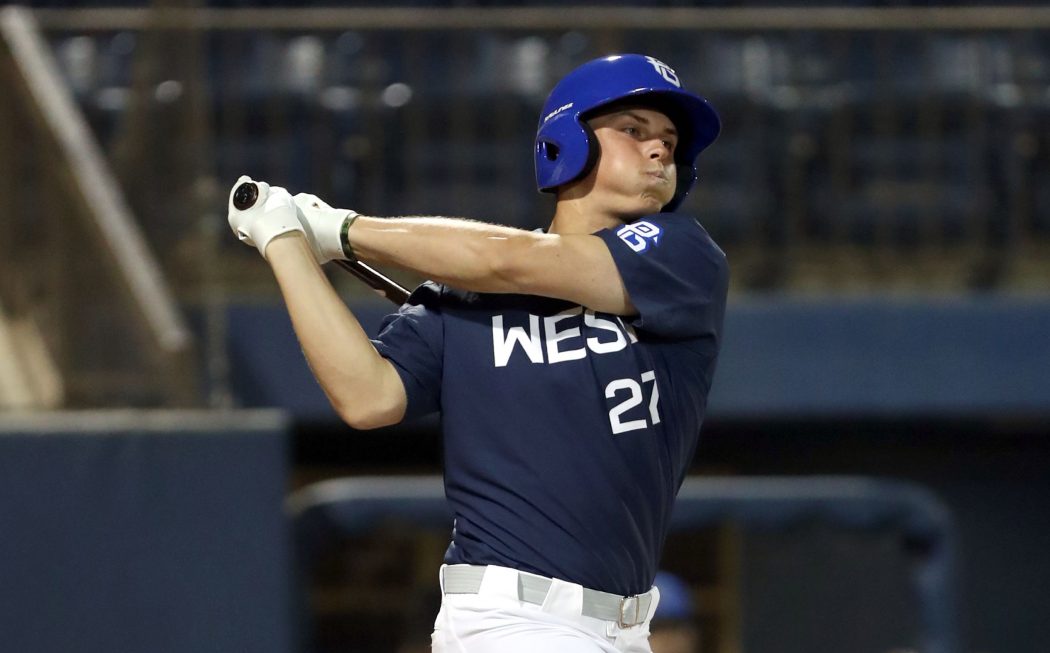Feature Photo: Nolan Gorman, 3B, Sandra Day O’Connor (Phoenix, Ariz.)
Here is our final mock draft prior to tonight’s first 74 picks. Thanks for reading all of our draft content this cycle and we hope you’re as excited for the next three days as we are!
* * * * *
2080 Draft Resources:
Video Library (Scouting Videos) | Spotlight Library (Player Notes)
2080 Baseball Top 125 Rankings
* * * * *
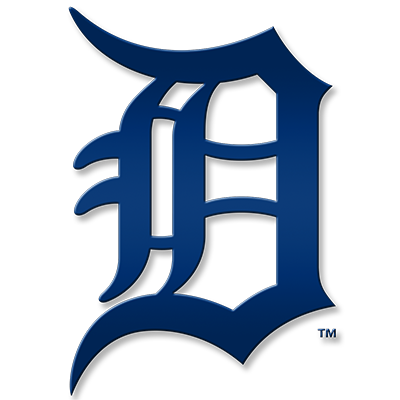 1:1 Tigers: Casey Mize, RHP, Auburn Univ.
1:1 Tigers: Casey Mize, RHP, Auburn Univ.
The most dominant arm in college baseball, Mize has the upside of a quality number two starter and could impact the big league club as early as 2019. A cost-saving pick is always interesting with the top club, in order to free up extra cash for a splurge on the next pick. Given the number of extra picks – including several teams with multiple picks of their own – between 1:1 and the Tigers’ second pick, however, it doesn’t make sense to get too cute here. Even with Mize there should be enough money left over to make a run at an over-slot talent or two later on.
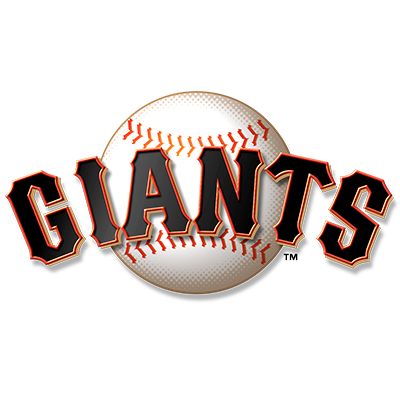 1:2 Giants: Joey Bart, C, Georgia Tech
1:2 Giants: Joey Bart, C, Georgia Tech
As with the Tigers, the Giants just don’t have the extra picks between their first and second selection to make a play for a specific over-slot talent the driving factor in this decision. Bart has the potential to be an impact power bat and should be able to stick behind home long term, making him a perfect succession plan for Posey.
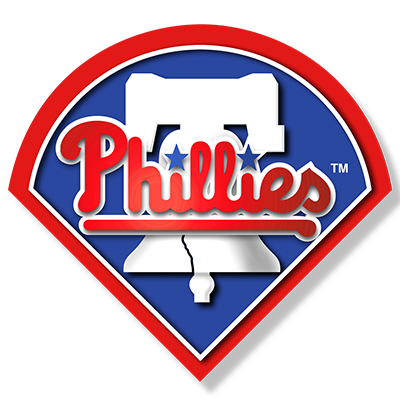 1:3 Phillies: Alec Bohm, 3B, Wichita State Univ.
1:3 Phillies: Alec Bohm, 3B, Wichita State Univ.
Bohm may not be the best talent available on the 2080 Baseball board, but he’s a potential impact stick who could reach the majors more quickly than Jarred Kelenic and would fill a position of need for a Phillies club quickly transitioning to life as a competitor in an improving NL East.
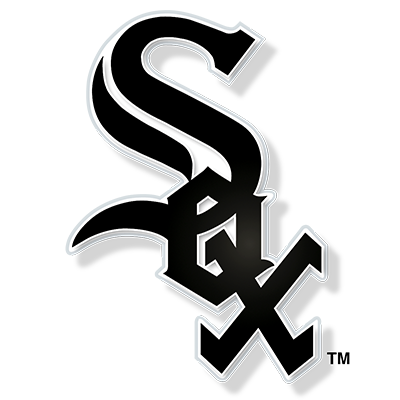 1:4 White Sox: Brady Singer, RHP, Univ. of Florida
1:4 White Sox: Brady Singer, RHP, Univ. of Florida
Singer fits as a prototypical White Sox target and could move quickly to Chicago as a potential mid-rotation arm with a fallback as a dominant multi-inning reliever. He wasn’t the loudest collegiate performer this spring but he comes with an impressive track record in the game’s toughest conference, as well as one of the best sliders available.
 1:5 Reds: Nick Madrigal, 2B, Oregon State Univ.
1:5 Reds: Nick Madrigal, 2B, Oregon State Univ.
The Reds did well the last time they took the most polished college bat available at the top of the draft (Nick Senzel) and Madrigal would help in the team’s effort to quickly build up a new young core on the positional side.
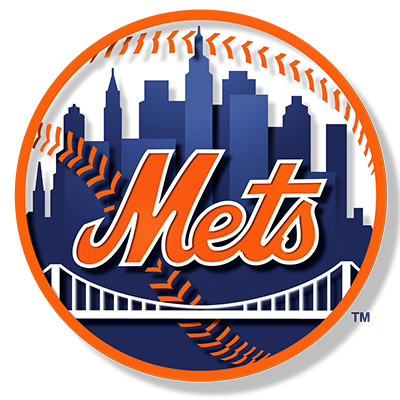 1:6 Mets: Jonathan India, 3B, Univ. of Florida
1:6 Mets: Jonathan India, 3B, Univ. of Florida
Kelenic makes sense here as the best available talent, but history is on the side of college corner producers and India was among the best in the class this year and could provide quick help for the Mets, perhaps with the bonus of positional flexibility across the dirt.
 1:7 Padres: Carter Stewart, RHP, Eau Gallie (Fla.)
1:7 Padres: Carter Stewart, RHP, Eau Gallie (Fla.)
Stewart has the best curveball in the draft class, consistently registering over 3,300 RPM with hard bite and elite depth, and has seen a velo jump this spring, now working in the low-to-mid 90s and touching as high as 98 mph with his fastball. He’s doesn’t have the polish of MacKenzie Gore (last year’s first round pick) but could have similar upside.
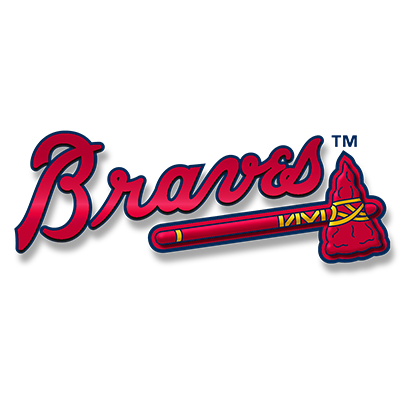 1:8 Braves: Matthew Liberatore, LHP, Mountain Ridge (Ariz.)
1:8 Braves: Matthew Liberatore, LHP, Mountain Ridge (Ariz.)
The Braves have one of the best collections of young arms in the game, and Liberatore would be an excellent addition to their growing stockpile. The Arizona commit boasts two potential future plus or better off-speed offerings with his curveball and changeup, to go with a projectable frame and a fastball that can reach the mid 90s.
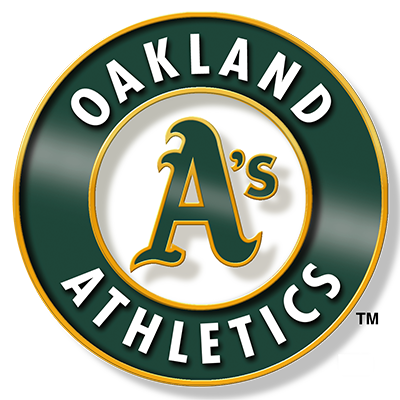 1:9 Athletics: Travis Swaggerty, OF, Univ. of South Alabama
1:9 Athletics: Travis Swaggerty, OF, Univ. of South Alabama
An up-the-middle defender on the grass, Swaggerty was a catalyst for the Collegiate National Team last summer, slashing .328/.449/.406 while swiping six bags, and has hit for increased power this spring (.260 ISO) thanks to a more lofted swing. While he’s seen an increase in contact issues, Swaggerty continues to put together quality at bats and is still getting on base while increasing his impact.
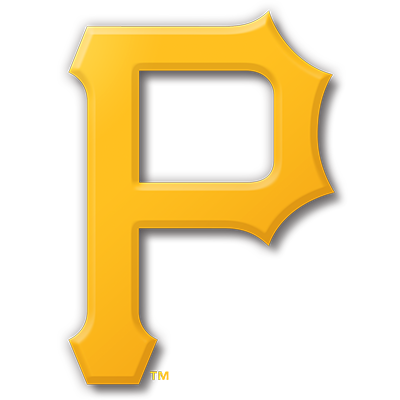 1:10 Pirates: Jarred Kelenic, OF, Waukesha West (Wisc.)
1:10 Pirates: Jarred Kelenic, OF, Waukesha West (Wisc.)
The Pirates have been linked a number of high school talents and Kelenic is the best of the bunch this year, boasting five-tool potential and a track record of performance at high level events on the scouting circuit.
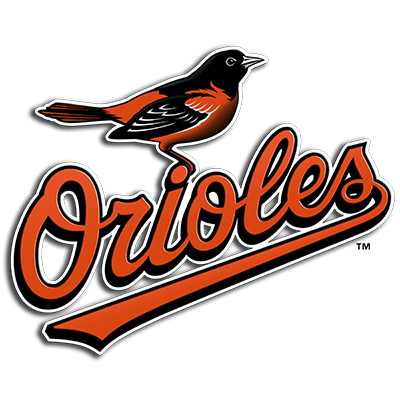 1:11 Orioles: Nolan Gorman, 3B, Sandra Day O’Connor (Ariz.)
1:11 Orioles: Nolan Gorman, 3B, Sandra Day O’Connor (Ariz.)
The Orioles need pitching, but the addition of a prep power bat like Gorman might be too good to pass up here. The Arizona high school standout has perhaps the best bat speed at the amateur ranks, and even with some contact concerns this spring has perhaps a higher offensive upside than any of his contemporaries.
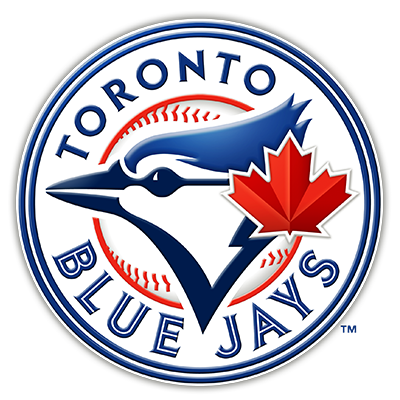 1:12 Blue Jays: Cole Winn, RHP, Orange Lutheran (Calif.)
1:12 Blue Jays: Cole Winn, RHP, Orange Lutheran (Calif.)
Winn has been the most consistent high-end performer this spring among a deep collection of high quality arms. He’s a potential mid-rotation starter who could outperform his stuff thanks to advanced feel and execution.
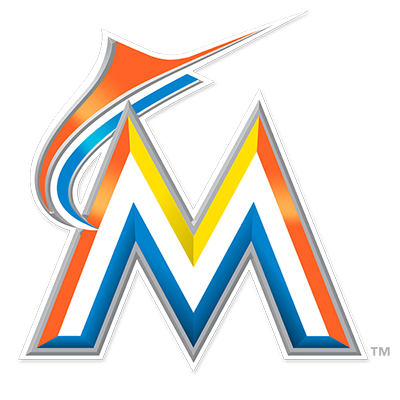 1:13 Marlins: Ryan Weathers, LHP, Loretto (Tenn.)
1:13 Marlins: Ryan Weathers, LHP, Loretto (Tenn.)
Weathers can show a plus fastball, above-average changeup and improving breaking ball, to go with the advanced approach and feel you’d expect from a prep arm with major league bloodlines (his father David had a big league career that spanned two decades). Triston Casas would also make sense here as a potential impact bat to build around.
 1:14 Mariners: Logan Gilbert, RHP, Stetson Univ.
1:14 Mariners: Logan Gilbert, RHP, Stetson Univ.
Gilbert was one of the best arms on the Cape last summer, and while his velocity has generally played low-90s earlier this spring he has once again begun to show the ability to reach back for 95/96 mph over the course of the last month. He doesn’t use his changeup much, but when he does it flashes at least above-average potential with good arm speed and he’s improved the look and execution of his big breaking 12-to-6 curve over the course of the spring.
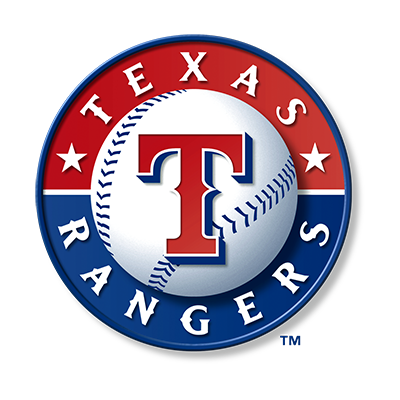 1:15 Rangers: Connor Scott, OF, Plant (Fla.)
1:15 Rangers: Connor Scott, OF, Plant (Fla.)
Scott is a tooled-up outfielder with potential impact written all over him, making him a clean fit with a Rangers organization that loves athletes. A Florida commit, Scott shows potential for plus power at the plate while recording sub-4.1 home-to-first times from the left side but is still a work-in-progress out on the grass (he can also reach 94 mph on the hill).
 1:16 Rays: Mason Denaburg, RHP, Merritt Island (Fla.)
1:16 Rays: Mason Denaburg, RHP, Merritt Island (Fla.)
The Rays have three picks in the top 40, so expect them to put together a solid mix of prep/collegiate, pitchers/position players. Denaburg is a notch ahead of the other high end prep arms available and popping him here would allow them to turn their focus on the group of college outfielders and prep position players that seem to be pooling as potential targets towards the back of the first round.
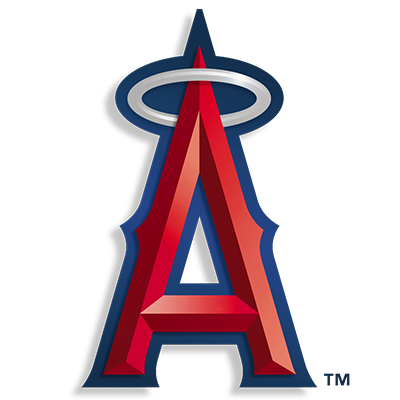 1:17 Angels: Jackson Kowar, RHP, Univ. of Florida
1:17 Angels: Jackson Kowar, RHP, Univ. of Florida
Kowar can work his fastball into the mid 90s, regularly clocking in at 90 to 94 mph on a steep downhill plane and backs it up with a nice 12-to-6 curve and a solid low-80s changeup that presents with good arm speed and plane deception. He’s battled his mechanics some this spring, particularly later in outings, and will need to increase strength and stamina to reach his upside as mid-rotation big league arm.
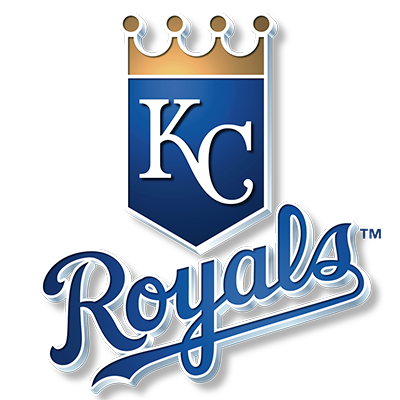 1:18 Royals: Brice Turang, SS, Santiago (Calif.)
1:18 Royals: Brice Turang, SS, Santiago (Calif.)
Turang might not be the top five pick that many thought he could be at this point last year, but he has still established himself as the top prep shortstop in the class. He’s is a plus runner with the necessary tools and intangibles to remain at shortstop as a pro. Though his swing can get long, he keeps the barrel in the zone for an extended period of time and makes a lot of contact. This would be a great upside play for the Royals, who have the extra picks necessary in the supplemental rounds to balance out some risk here.
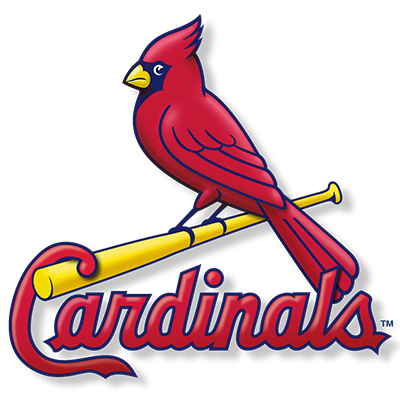 1:19 Cardinals: Ryan Rolison, LHP, Univ. of Mississippi
1:19 Cardinals: Ryan Rolison, LHP, Univ. of Mississippi
The Cardinals could go a number of ways here, with a college arm or prep position player making the most sense. Rolison was a potential top ten talent entering the spring, and while his production numbers haven’t wowed the stuff is still there to shape into a potential mid-rotation arm. The pick offers some safety, given Rolison’s track record, along with the upside of grabbing an arm that few expected would be available here at the start of the collegiate season.
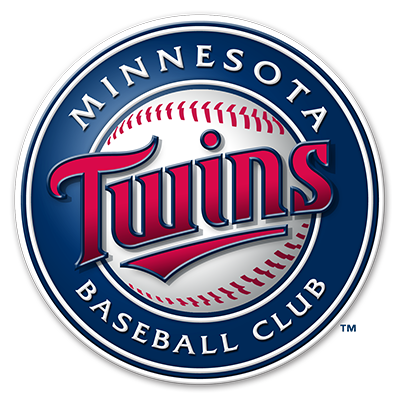 1:20 Twins: Nicholas Schnell, OF, Roncalli (Ind.)
1:20 Twins: Nicholas Schnell, OF, Roncalli (Ind.)
Schnell is a five-tool talent who has parlayed impressive showings over the summer showcase circuit into a strong spring campaign. The pick would jive with recent early selections such as Royce Lewis and Alex Kirilloff, adding to the growing collection of upside talents working their way through the Twins lower-minors.
 1:21 Brewers: Jordyn Adams, OF, Green Hope (N.C.)
1:21 Brewers: Jordyn Adams, OF, Green Hope (N.C.)
Adams upped his stock as much as anyone at USA Baseball’s National High School Invitational this spring, with a couple of loud showings at the plate hinting the baseball side of this two-sport star was perhaps more developed than initially anticipated. There’s still plenty of risk in the profile given the limited competition he’s faced on the diamond, but the Brewers aren’t afraid to gamble some on tools, and Adams is a strong upside play for a club with a deep enough system to roll the dice some.
 1:22 Rockies: Ethan Hankins, RHP, Forsyth Central (Ga.)
1:22 Rockies: Ethan Hankins, RHP, Forsyth Central (Ga.)
Hankins’ heavy mid-90s fastball played as high as the upper-90s last summer/fall and, along with his quality changeup with good dive, would play very well in hitter-friendly Coors Field. If necessary to seal the deal, the Rockies could free up a little extra money to go over slot here.
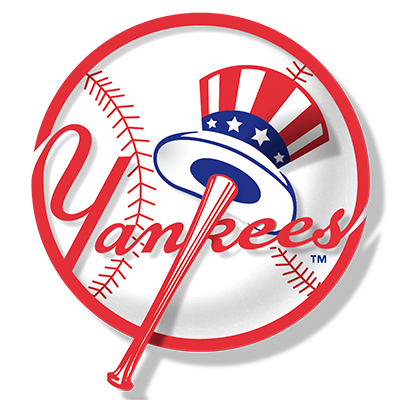 1:23 Yankees: Triston Casas, 3B/1B, American Heritage (Fla.)
1:23 Yankees: Triston Casas, 3B/1B, American Heritage (Fla.)
The Yankees have a stacked minor league system without glaring needs, and Casas potential double-plus raw pop is intriguing enough to pop here, noting he’s unlikely to make it back to the Yankees when next they pick. Evaluators have a long history with Casas, who put together a loud showing at USA Baseball’s National High School Invitational earlier this spring in front of dozens of decision makers.
 1:24 Cubs: Anthony Seigler, C, Cartersville (Ga.)
1:24 Cubs: Anthony Seigler, C, Cartersville (Ga.)
Seigler is a dynamic talent who could be shifted all over the field defensively and is a quality prospect on the mound, as well. He’s had a very good spring, showing improved in-game power and is one of the bigger risers up draft boards over the past six weeks as a result.
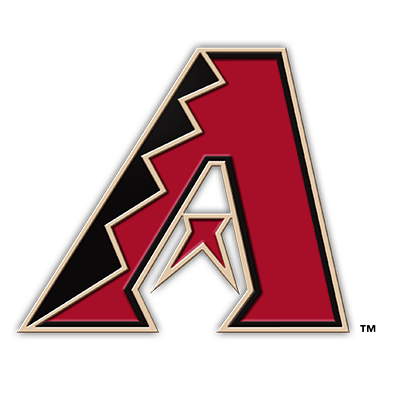 1:25 Diamondbacks: Jameson Hannah, OF, Dallas Baptist Univ.
1:25 Diamondbacks: Jameson Hannah, OF, Dallas Baptist Univ.
Hannah has the potential to develop into a plus power/speed talent and has made impressive strides this spring tightening up his approach at the plate while maintaining a high foundational value thanks to his glove and base running. Matt McLain has been rumored here, but makes more sense with the Diamondbacks’ next pick, as there aren’t a ton of teams on McLain between here and there.
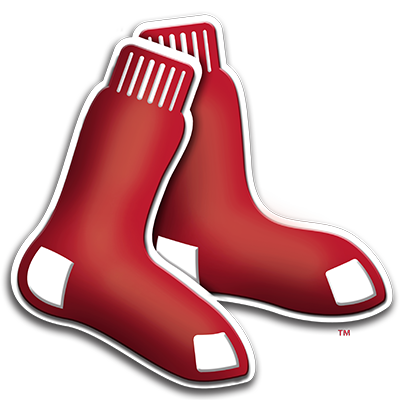 1:26 Red Sox: Seth Beer, OF, Clemson Univ.
1:26 Red Sox: Seth Beer, OF, Clemson Univ.
Beer has the potential to emerge as an elite on-base/power profile at the next level and has been just that for Clemson (.348 ISO; .464 OBP) this spring. His inconsistent hard contact and struggles with wood each of the last two summers have scared some teams off of Beer this early, but the upside is immense.
 1:27 Nationals: Kumar Rocker, RHP, North Oconee (Ga.)
1:27 Nationals: Kumar Rocker, RHP, North Oconee (Ga.)
Rocker entered the showcase circuit as a potential top five pick, but over the course of an up-and-down summer his stuff plateaued and ran into too many barrels. This spring, he’s pitching more like the guy that evaluators thought he was twelve months ago, making him a fantastic value pick at this point in the first round. He may require an over-slot bonus to sign this late, but he would be worth the investment and the Nats haven’t shied away from such opportunities in the past.
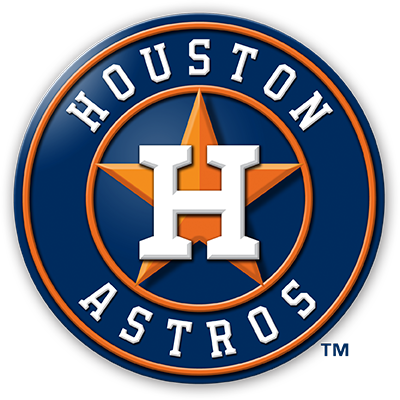 1:28 Astros: Alek Thomas, OF, Mount Carmel (Ill.)
1:28 Astros: Alek Thomas, OF, Mount Carmel (Ill.)
Thomas looks the part of a future lead-off or number two hitter capable of 35-plus doubles per year to go with top-of-the-order on-base production and contact rates, as well as center field speed and instincts (despite a below-average arm).
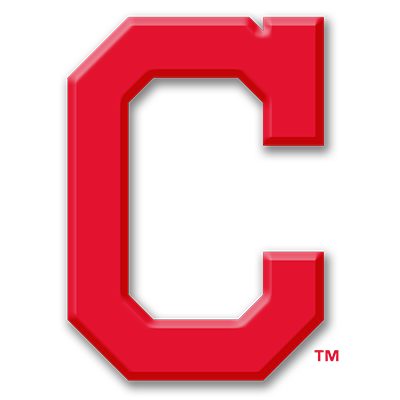 1:29 Indians: Steele Walker, OF, Univ. of Oklahoma
1:29 Indians: Steele Walker, OF, Univ. of Oklahoma
Breakdown: Over the summer, Walker shined as one of the best players on the Collegiate National Team and has been one of the top hitters in college baseball this spring. He boasts excellent feel for the barrel and a chance to develop above-average to plus power at maturity thanks to solid bat speed and good leverage in his swing.
 1:30 Dodgers: JT Ginn, RHP, Brandon (Miss.)
1:30 Dodgers: JT Ginn, RHP, Brandon (Miss.)
The Dodgers could have their pick of whichever high-end prep arms drop to this slot. Ginn is a premium velocity arm who can reach the upper 90s with his fastball and comfortably work in the 92-to-96 mph range, while flashing a quality mid-80s slider with tilted action and a mid-to-upper-80s changeup with arm-side fade.
 1S:31 Rays: Noah Naylor, C, St. Joan of Arc (Ont.)
1S:31 Rays: Noah Naylor, C, St. Joan of Arc (Ont.)
After opting for a prep power arm with their first pick, Naylor makes sense as a potential above-average power producer with an above-average arm that would be an asset both behind the plate and at the hot corner should he require a move off the catching position.
 1S:32 Rays: Trevor Larnach, OF, Oregon State Univ.
1S:32 Rays: Trevor Larnach, OF, Oregon State Univ.
While he was considered more of a day two draft prospect entering the year, Larnach has hit his way into first round consideration this spring. The right-handed hitter slashed .330/.452/.632 with 17 homeruns this spring and nearly as many walks (45) as strikeouts (53). He could go much higher to a team that doesn’t view him as limited to a corner outfield spot in the future.
 1S:33 Royals: Shane McClanahan, LHP, Univ. of South Florida
1S:33 Royals: Shane McClanahan, LHP, Univ. of South Florida
McClanahan was a potential top ten pick through the first month of the spring and maintains his big upside as a lefty arm that can reach triple-digits. There are concerns about durability in the rotation, but there’s a high value fallback as a shutdown late-inning arm, making him an attractive target for the Royals after grabbing Turang with their first pick.
 1S:34 Royals: Jordan Groshans, 3B, Magnolia (Texas)
1S:34 Royals: Jordan Groshans, 3B, Magnolia (Texas)
Groshans showed well over the summer on the scouting circuit, demonstrating an ability to barrel top-tier pitching while also flashing potential for an above-average glove at third base (convincing some evaluators he can stick at short long term). He’s carried over his success this spring and, along with the earlier selection of Turang, represents an opportunity for the Royals to remake the left side of their low-minors infield with Turang and Groshans projecting as plus defends at short and third, respectively.
 1S:35 Indians: Xavier Edwards, SS/2B, North Broward (Fla.)
1S:35 Indians: Xavier Edwards, SS/2B, North Broward (Fla.)
A switch-hitting Vandy commit, Edwards shows plus speed on the bases with the requisite glove/arm to stick at short and an intriguing ability to produce loud contact. He’d be a could pairing with the Tribe’s first selection, Steele Walker, and would line them up to target an upside prep arm with their next pick at 41 overall.
 CBA:36 Pirates: Daniel Lynch, LHP, Univ. of Virginia
CBA:36 Pirates: Daniel Lynch, LHP, Univ. of Virginia
After landing Kelenic with their first pick, a safe college arms feels right here. Lynch performed well for the Wahoos this spring, averaging over 6 IP/start and striking out 10.7/9 IP while showcasing an uptick in stuff, including a 90-to-94 mph fastball, above-average changeup and tight 78-to-82 mph curve.
 CBA:37 Orioles: Jake McCarthy, OF, Univ. of Virginia
CBA:37 Orioles: Jake McCarthy, OF, Univ. of Virginia
Still in need of pitching, McCarthy represents a nice succession option for Jones while having the benefit of coming at a slightly discounted price due to missing a chunk of the spring and not offering evaluators with updated looks. He’s performed well with wood in the past and could be a plus defender in center field at maturity.
 CBA:38 Padres: Kyler Murray, OF, Univ. of Oklahoma
CBA:38 Padres: Kyler Murray, OF, Univ. of Oklahoma
The Padres would be a perfect fit for Murray, who has shown explosive pop this spring (almost half of his 56 hits going for extra bases) and surprisingly advanced feel for the game considering his divided developmental attention (he is in line for the QB1 gig in Norman next fall). This is a huge upside play without certainty that Murray is willing to leave football to start his baseball career, but one the Padres can afford to take — particularly having secured some extra money via the second-supplemental round pick traded for last weekend.
 CBA:39 Diamondbacks: Nico Hoerner, SS, Stanford Univ.
CBA:39 Diamondbacks: Nico Hoerner, SS, Stanford Univ.
Hoerner is a high-contact middle-infielder with plus speed and enough pop in his compact swing to rack-up doubles at the next level. The Diamondbacks have a talented club at the big league level but need a little bit of everything in their system. Nabbing advanced talents in Hannah and Hoerner would go a long way towards quickly building up depth with an eye towards getting contributions from each on a short developmental horizon.
 CBA:40 Royals: Cole Wilcox, RHP, Heritage (Ga.) | Video
CBA:40 Royals: Cole Wilcox, RHP, Heritage (Ga.) | Video
Wilcox can work into the mid 90s with a true-traveling heater and rounds out a solid power arsenal with a quality low-80s changeup and improving low-to-mid-80s slider that can flash impressive bite. A nice upside prep arm would round out Kansas City’s four picks pre-round two in impressive fashion.
 CBA:41 Indians: Lenny Torres Jr., RHP, Beacon (N.Y.)
CBA:41 Indians: Lenny Torres Jr., RHP, Beacon (N.Y.)
After grabbing a quality college bat and upside up-the-middle prep talent, Torres makes sense here as balancing pick that offers a good return in its own right. Torres generates plus velocity and spin out of an easy quick arm, reaching as high as 96 mph with his fastball and flashing plus with a low-to-mid 90s slider.
 CBA:42 Rockies: Grayson Rodriguez, RHP, Central Heights (Texas)
CBA:42 Rockies: Grayson Rodriguez, RHP, Central Heights (Texas)
After pitching in the 90-to-93 range for much of the summer, Rodriguez’s velocity has trended up this spring, as has his draft stock. Working downhill from a 6-foot-5, 230-pound frame, Rodriguez has been reportedly up to 98 mph this spring while flashing a pair of average breaking balls and a developing changeup. The addition of Rodriguez and Hankins to the system would be an outstanding outcome for the Rockies.
 CBA:43 Cardinals: Blaine Knight, RHP, Univ. of Arkansas
CBA:43 Cardinals: Blaine Knight, RHP, Univ. of Arkansas
Knight works easily in the low-90s with his fastball and can reach back for 95 when he needs it, relying on a mid-80s slider as his best secondary offering (though he’ll mix-in both a slow curve and changeup as change-of-pace offerings, as well). He registers impressive spin rates, to boot, and serves as a nice balance to the prep infield selection thirteen picks earlier. The Cards could also use this pick to make a run at an upside prep bat such as Nander De Sedas or Will Banfield.

